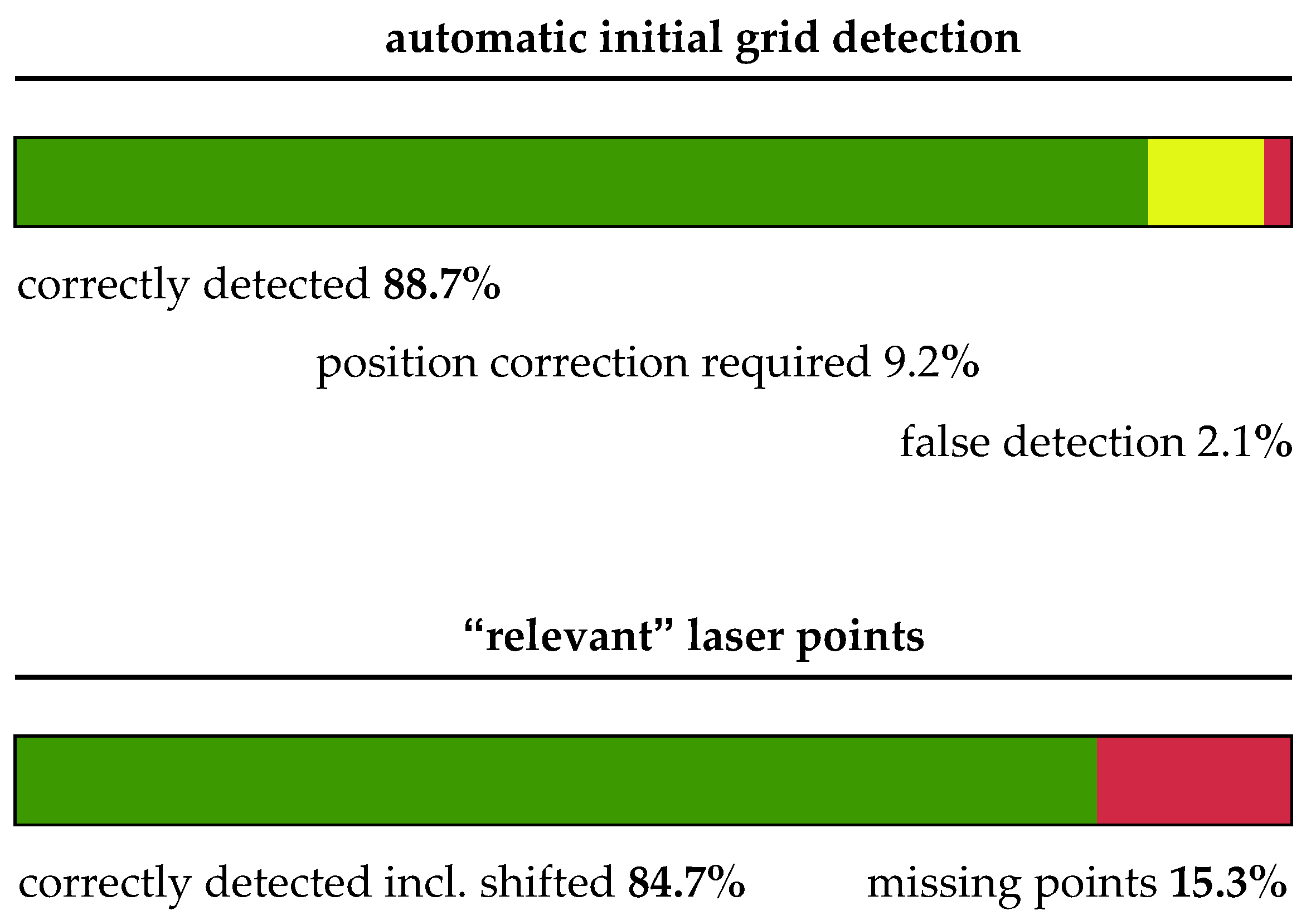Laser Cavity Detection False Positive

Laser dentistry is the use of lasers to treat a number of different dental conditions.
Laser cavity detection false positive. All in all laser tools are an effective. Lasers for cavity detection. More simply light easily penetrates healthy teeth. Laser and light machines can detect tooth decay earlier than x rays dentists say but there s a risk of false positives.
The use of this technology may prompt some dentists to recommend a filling for an area that might not develop into cavity in the future. And on the flipside light has a tougher time passing through dental cavities. A false positive is possible if plaque is present in fissures carious tooth structure reveals higher degrees of fluorescence the laser caries detector is not a stand alone diagnostic tool the laser caries detector is useful for locating subgingival caries. What you need to know.
Sub surface caries lesions can be extremely difficult to detect using an explorer and the diagnodent offers a perfect adjunct to the diagnostic arsenal. Which is not true of laser caries detector readings. Laser cavity detection is based on the fact that healthy tooth structure reflects light differently than it does decayed tooth structure. On the other hand this procedure avoided the problem of false negative findings which are common in clinical studies with respect to ethical aspects.
Benefits of the diagnodent laser cavity detection system accurate and safe method of caries diagnosis. Complementary tools such as the laser fluorescence system diagnodent may be used in order to avoid the occurrence of false positive and false negative findings. Dentists perform laser cavity detection by beaming laser light onto the. The most well known is the canary system.
Diagnodent has a tendency to provide false positive diagnoses in the presence of stains biofilm and fillings to get consistent readings it is essential to test. Accordingly as a visual exam is a subjunctive method it is difficult to diagnose occlusal caries using only this method lussi 1991. Research indicates that this is the most accurate of all the detection methods and can detect a cavity at the very early. In daily practice dentists can consider the laser fluorescence system a complementary tool in the visual exploration of occlusal surfaces of first permanent molars.
They use a special laser that detects breakdown in the structure of of the crystals of the tooth. Laser based systems these systems are probably the most advanced of all of them. Research has demonstrated that this technology can lead to false positives more often than x rays. Aches claims looks at the evidence.
The laser fluorescence detector within the diagnodent pen is a precise method for identifying fissure caries proximal caries and periodontitis. It became commercially used in clinical dental practice for procedures involving tooth tissue in 1989.









































